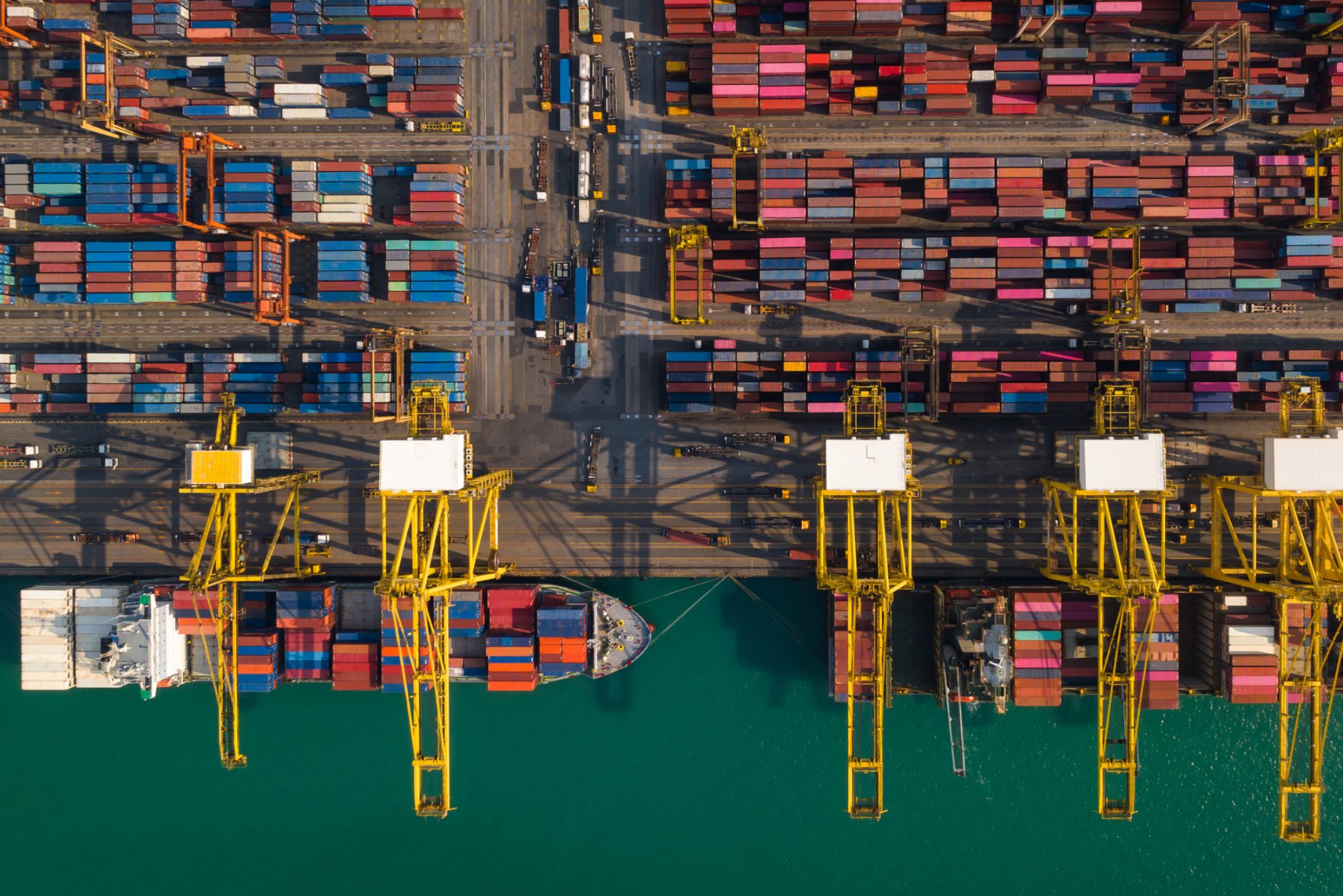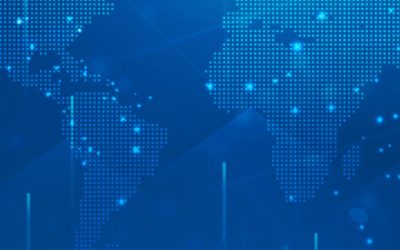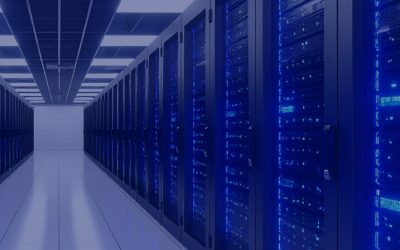Learn everything about how to import into the US in 2025. Understand CBP regulations, tariffs, licensing, and required documentation.
Importing into the US — especially when importing goods into the United States for the technology sector — involves dealing with a complex web of regulatory, tax, and security requirements. Businesses must comply with US Customs and Border Protection (CBP) regulations, classification systems, and potential geopolitical restrictions.
On April 2, 2025, President Donald Trump implemented a new round of tariffs under the “Liberation Day” initiative, which impacted US imports of technology products. The measures are designed to bolster domestic manufacturing and address national security concerns.
Beyond targeted measures aimed at China, the European Union, and other major economies, a baseline tariff of 10% was imposed on all countries, with higher rates applied to nations with which the US runs significant trade deficits. These reciprocal tariffs impact a broad spectrum of imported technology goods.
Previously, products from Canada and Mexico were exempt from tariffs—or, in rare cases, subject to minimal duties—under the terms of the North American Free Trade Agreement (NAFTA). Likewise, countries participating in the Generalized System of Preferences (GSP), which primarily comprises developing nations, benefited from preferential trade rates. That changed with the latest round of tariff measures introduced by the US administration, impacting companies that regularly import into the US from both developed and emerging markets.
Furthermore, technology and electronic products from certain countries may face restrictions in the US due to national security and other political considerations, including imports from countries such as Iran, North Korea, and Russia.
Also, products from China face a stricter process. As of March 18, 2024, all shipments containing products manufactured in the Asian nation must include the factory’s ZIP code to be cleared for import into the United States. This requirement, enforced by CBP, is intended to prevent goods produced in the Xinjiang Uygur Autonomous Region (XUAR) from entering the country.
Import Into the US: CBP Requirements
To strengthen supply-chain security and reduce inspection frequency, many U.S. importers participate in the CTPAT certification program.
When importing goods into the United States, especially high-value technology products, adherence to CBP requirements is a key component of the process.
CBP is the primary federal agency responsible for regulating and monitoring imports, making certain that all shipments comply with US laws, security measures, and trade policies. For a detailed overview of procedures, documentation, and compliance, see our customs clearance guide for international shipments. For technology products, this includes satellites, antennas, telecommunications equipment, computer hardware, and electronic components.
The process begins with accurate product classification under the Harmonized System (HS), which determines the applicable duties and regulatory requirements. Misclassification can result in delays, fines, or confiscation of goods. Importers must also submit the CBP Form 7501 (Entry Summary) and other required documents such as invoices, bills of lading, and packing lists.

Additionally, CBP may coordinate with other agencies, such as the Federal Communications Commission (FCC) or the Bureau of Industry and Security (BIS), if the product involves restricted technologies or dual-use items.
How to Import Into the US
Suppose a business decides to manage the importing goods into USA process independently. In that case, it is advisable to seek advice from international trade experts or customs agents to guarantee that every step is carried out correctly and seamlessly.
Businesses that outsource this operation hire companies such as Aerodoc. With over 25 years of experience, we help import products into more than 172 territories, focusing on the IT, telecommunications, broadcasting, and satellite industries. We provide much more than logistics – we have a wide array of added-value portfolio services.
If you are looking to import products into the United States, there are a few key aspects to consider.
Tariff Classification
This is a key aspect of every import process. Each product has a specific tariff code that determines which tariffs apply to it. To determine the tariff code for your product, consult with international trade experts or utilize online tools.
Licenses and Permits
Certain tech products, such as communications, cryptographic, or defense technology, may require special licenses or permits for import. You should research this and obtain all necessary licenses before importing your product to avoid any problems.
Import Regulations
Technology products and electronics are typically fragile and sensitive objects. Ensure they are appropriately packaged to prevent damage during shipping. You also want to choose the proper means of transportation and make sure the carrier has expertise in handling tech gear.
Taxes and Tariffs
Contemplate additional tax/duty-related costs in your budget. Tariffs may vary by product type and country of origin; therefore, cost estimates are necessary before importing.
How to Legally Import Electronics into the US
Legally importing electronics into the United States requires full compliance with a complex framework of customs laws, trade regulations, and safety standards. Whether you’re importing laptops, servers, circuit boards, or communications gear, you must follow a transparent legal process when importing goods into the United States to avoid fines, delays, or product seizure.
The first step is to determine the correct tariff classification using the Harmonized Tariff Schedule (HTS). This classification determines the applicable duty rate and indicates whether special licenses or agency clearances are required. For example, certain electronics may require FCC certification, Food and Drug Administration (FDA) approval (for medical devices), or Department of Commerce licenses (for sensitive technologies).

Next, prepare and submit all necessary documents, including CBP Form 7501, commercial invoices, and shipping documents. You must also provide country of origin details and, in some cases, supply chain traceability (such as factory ZIP codes for Chinese imports).
Moreover, consider the impact of tariffs and trade agreements, especially in light of recent US policy changes. Products from certain regions may be subject to higher duties or additional scrutiny.
Import into the US: Taxes on Satellite and IT Products
Importing satellite equipment and IT products into the United States — and in general importing goods into USA — involves specific tax and tariff obligations that vary depending on the product type, origin, and current trade policies.
In addition to standard import duties, some products may incur anti-dumping or countervailing duties if they’re believed to be unfairly subsidized or priced below market value. For high-value technology products, such as satellites or data center equipment, these taxes can impact cost and logistics.
Documents and Procedures You Need to Import Into the US
CBP Form 7501
One of the primary documents in the process, CBP Form 7501 (Entry Summary), is used to provide a summary and detailed information about a shipment sent to the United States. This form must be submitted to CBP upon arrival of the merchandise at the US port of entry or point.
With over 25 years of experience, at Aerodoc, we help import products into more than 172 territories, focusing on the IT, telecommunications, broadcasting, and satellite industries. We provide much more than logistics – we have a wide array of added-value portfolio services.
CBP Form 7501 includes details about the imported merchandise, such as:
- Product description
- Customs value
- Country of origin
- Applicable taxes and duties
It is a key entry document for customs clearance, as it helps define the applicable taxes and duties.
Master Reference Number (MRN)
An MRN is assigned to each electronic bill of entry submitted to US Customs through the Automated Commercial Environment (ACE) to identify and track it throughout the customs process. MRNs are generated when an importer – or its customs broker – submits the import documentation electronically through ACE and are used to track the progress of customs clearance, from the moment the bill is submitted until the merchandise’s final release.
Customs Bond
A financial guarantee required by CBP, which certifies that the importer will comply with all regulations and pay all applicable duties, taxes, and fees. There are two main types: single-entry and continuous bonds. A customs bond is imperative for commercial imports valued over $2,500 or subject to federal regulations, and it is a standard requirement for most companies that import into the US regularly.
Agency-Specific Licenses or Permits
Certain goods require prior approval from US regulatory agencies. Examples include the FDA (for food, drugs, cosmetics), USDA (for agricultural products), EPA (for chemicals), and FCC (for electronics). These agencies review safety, labeling, and environmental compliance before allowing products to enter the US market.
Importer Security Filing (ISF “10+2”)
Required for ocean freight shipments to the United States, the ISF must be submitted at least 24 hours before goods being loaded at the foreign port. It includes 10 data elements from the importer and 2 from the carrier. Missing or late ISF filings can result in penalties of up to $5,000 per violation.
Before importing goods into the United States or any other country, research and understand the applicable regulations and restrictions to avoid legal and customs issues. Working with experts in Importer of Record services, such as Aerodoc, assures a successful import process that complies with all requirements.
To learn more about our services, please contact our team.
Q&A
- What has changed with US tariffs in 2025? As of April 2, 2025, under the “Liberation Day” initiative, the US imposed a 10% baseline tariff on imports from all countries, with higher rates targeting nations with significant trade deficits.
- Are products from China subject to additional requirements? As of March 18, 2024, all shipments containing products manufactured in China must include the factory’s ZIP code. This measure, enforced by CBP, aims to prevent goods produced in the Xinjiang region from entering the US.
- What documents are required to clear customs? To legally import into the US, businesses must submit CBP Form 7501 (Entry Summary), along with a commercial invoice, bill of lading, packing list, and the Master Reference Number (MRN) issued through the Automated Commercial Environment (ACE). Missing or inaccurate documentation can lead to delays or penalties.
- Do certain tech products require special licenses or permits? Many electronics, especially those involving telecommunications, encryption, or dual-use technology, may require licenses from federal agencies such as the FCC, FDA, or the Bureau of Industry and Security (BIS). Ensuring compliance before importation is critical to avoid shipment holds or rejections.
- What role does product classification play in the import process? Every imported item must be classified under the Harmonized Tariff Schedule (HTS). The HTS code determines the applicable tariff rate and identifies whether additional regulations apply. Incorrect classification can result in fines, shipment seizure, or legal issues with CBP.




